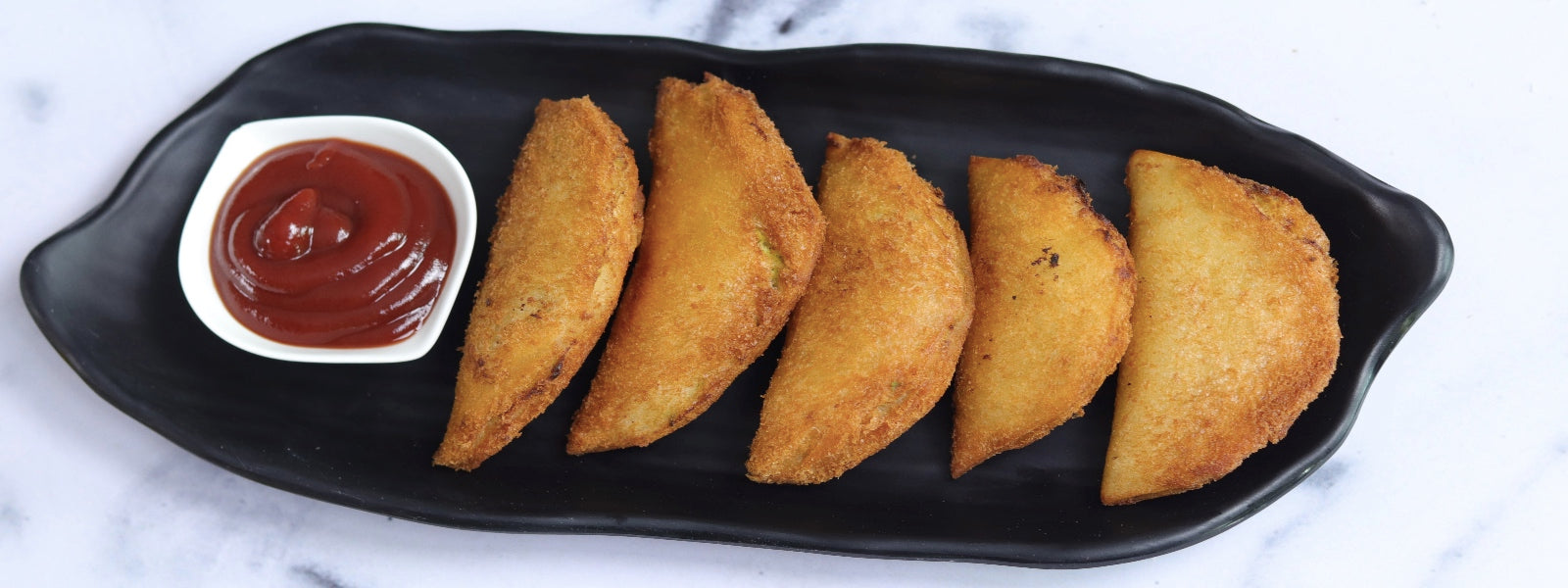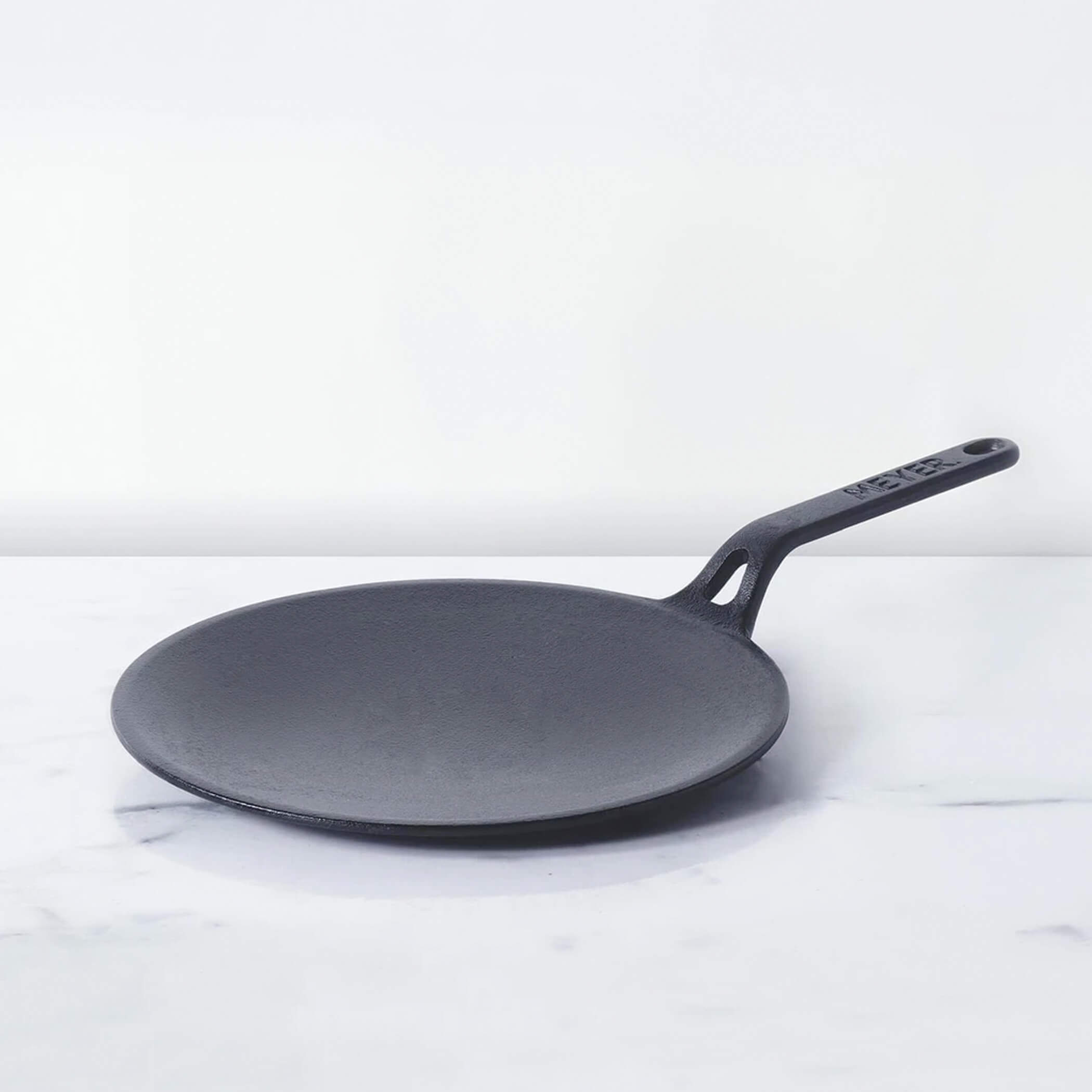Exploring Pahadi Delight: Kele Ki Roti - A Banana-infused Delicacy
Experience the rustic flavors of the hills with Kele Ki Roti, a unique delicacy that captures the essence of Pahadi cuisine. This humble dish offers a delightful blend of ingredients and cultural heritage.
Table of Contents
What is Kele ki roti
Kele Ki Roti, or Banana Roti, is a traditional dish hailing from the Pahadi region. It features ripe bananas blended into the dough, creating a subtle sweetness that pairs beautifully with the surrounding mountain landscapes. This roti showcases the use of local ingredients in a simple yet flavorful way.
Quick and Easy Kele ki roti
Savoring quick and easy Kele Ki Roti takes me back to my exploration of regional cuisines. As a chef, discovering this dish was a revelation of how a single ingredient can transform a traditional staple. The interplay of flavors, where the natural sweetness of bananas complements the rustic charm of the hills, reminds me of similar recipes that celebrate the beauty of simple, local ingredients. Preparing and enjoying Kele Ki Roti connects us to the heart of Pahadi traditions, where nature's bounty flourishes on our plates.
Benefits of Eating Kele Ki Roti in Pahadi Delicacy:
- Nutritional Boost: Kele Ki Roti combines the goodness of ripe bananas with the nutrition of whole wheat flour. Bananas provide essential vitamins, minerals, and dietary fiber, while whole wheat flour adds fiber, protein, and complex carbohydrates.
- Natural Sweetness: The sweetness of ripe bananas eliminates the need for added sugars, making Kele Ki Roti a healthier option for those looking to satisfy their sweet tooth without excess sugar.
- Energy Source: The blend of carbohydrates from whole wheat flour and bananas provides sustained energy, making it an ideal choice for a hearty breakfast or a quick energy snack during outdoor activities.
- Digestive Health: Both bananas and whole wheat contribute to better digestion. Bananas are known for their gentle fiber content, while whole wheat aids in promoting a healthy digestive system.
- Micronutrients: Ripe bananas are rich in essential micronutrients like potassium, vitamin C, and vitamin B6, which contribute to overall well-being and immune support.
- Cultural Connection: Kele Ki Roti isn't just about nutrition—it's a cultural experience. Enjoying this Pahadi delicacy allows you to connect with the local traditions and flavors of the region.
Unknown Facts about Pahadi Cuisine:
- Natural Preservation: Pahadi cuisine's use of dried ingredients and fermentation techniques arose from the need to preserve food in the mountainous terrain, where fresh produce might not be readily available.
- Influences of Migration: Pahadi cuisine boasts influences from Tibet, Nepal, and nearby regions due to historical migrations, resulting in a diverse blend of flavors and techniques.
- Use of Local Ingredients: Pahadi cuisine celebrates the use of indigenous ingredients like millets, local greens, and buckwheat, adapted to the harsh climate and altitude.
- Sustainability: Traditional Pahadi recipes reflect sustainable cooking methods, utilizing locally sourced ingredients and minimizing waste, aligning with the region's eco-friendly lifestyle.
- Seasonal Variability: The menu of Pahadi cuisine is heavily influenced by seasons, showcasing the availability of ingredients during different times of the year.
- Herbal Infusions: Pahadi cuisine often incorporates locally grown herbs and spices for their flavor and health benefits, creating dishes that are both nourishing and aromatic.
- Culinary Diversity: The Pahadi region's topographical diversity leads to a range of culinary traditions, from the hearty dishes of Himachal Pradesh to the subtle flavors of Uttarakhand.
Exploring the benefits of Kele Ki Roti and the intriguing facets of Pahadi cuisine unveils a world of nutrition, culture, and culinary history that enriches our understanding of the mountains' culinary legacy.
How to make Kele ki roti
- Let's start by making the wet dough for the roti. For this, blend the atta, suji, sugar, bananas and milk together.
- Once all the above ingredients are blended together, check the consistency and make sure there are no lumps.
- Now let's cook the roti. For this heat some ghee on the Meyer cast iron tawa.
- Spread 1 ladle full of the mixture on the tawa and let it cook for 2-3 minutes on each side or until fully cooked.
- Serve the kele ki roti with a drizzle of honey.
More Delicious Recipe:
1. Stuffed Paratha Pockets
2. Banana Puri
Expert Tips
- Make sure to use ripe bananas to make the batter, they add more sweetness and a better flavor.
- Adding baking soda will result in a more fluffy roti.
- If the roti is taking longer to cook, cover the tawa to allow the roti to cook faster.













Leave a comment